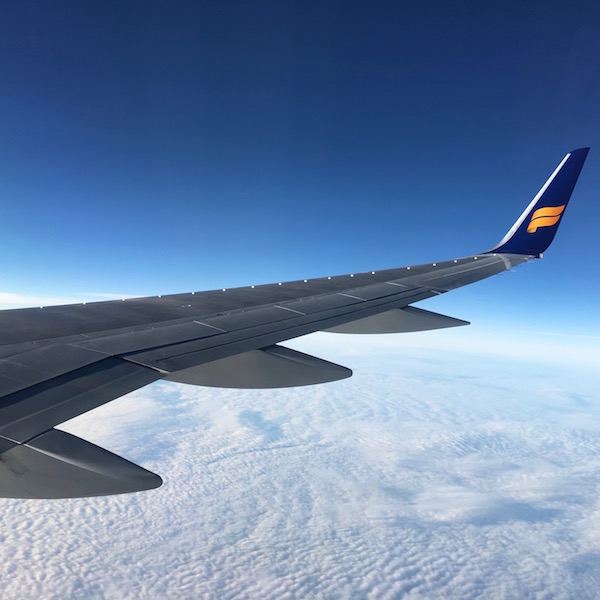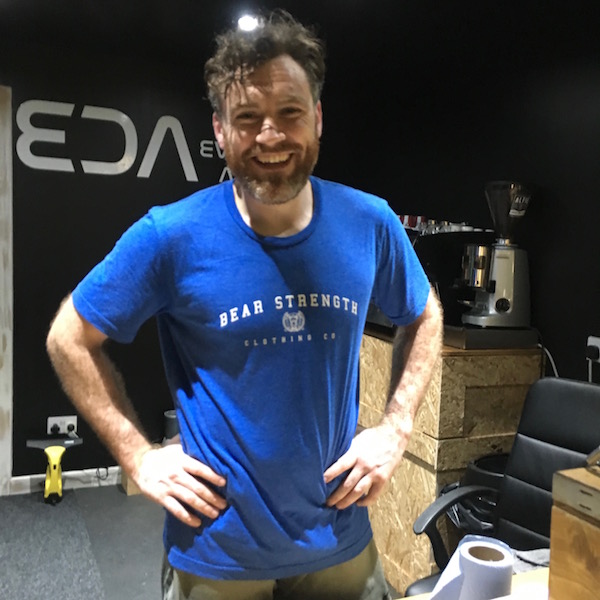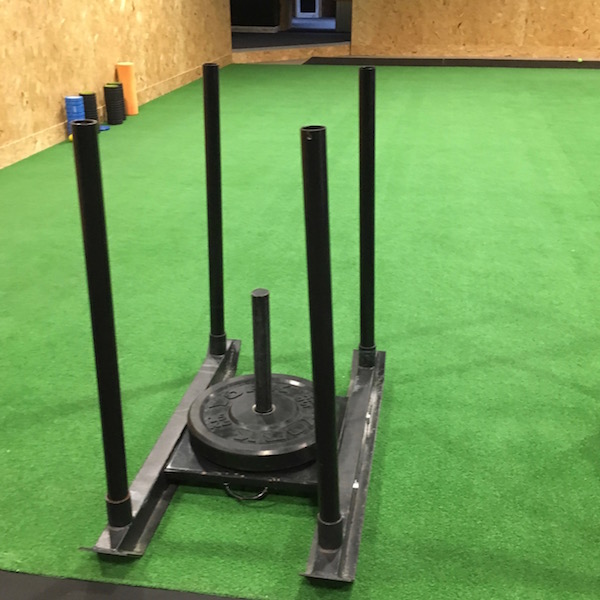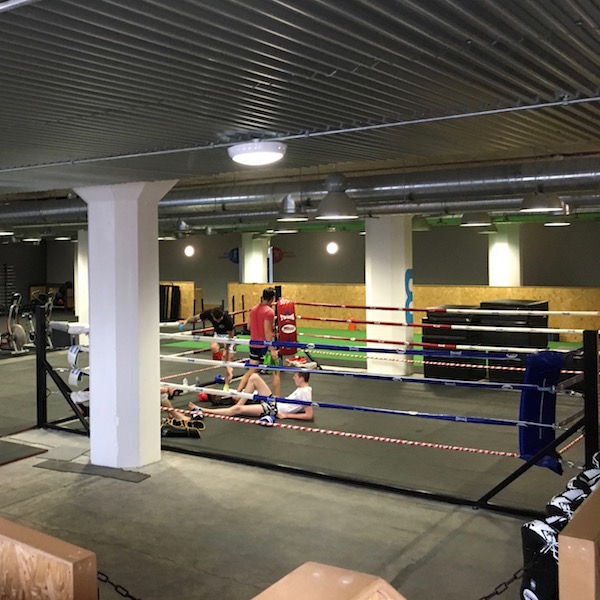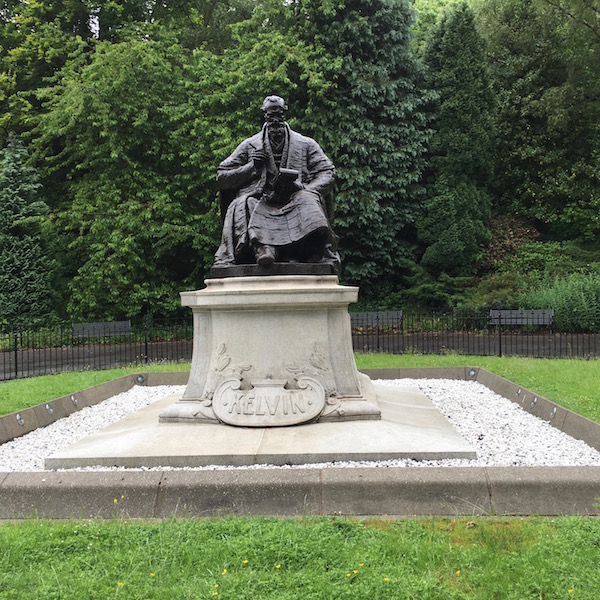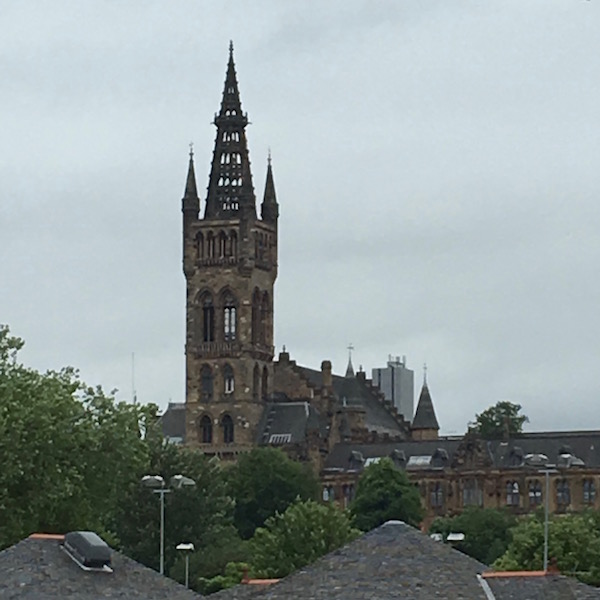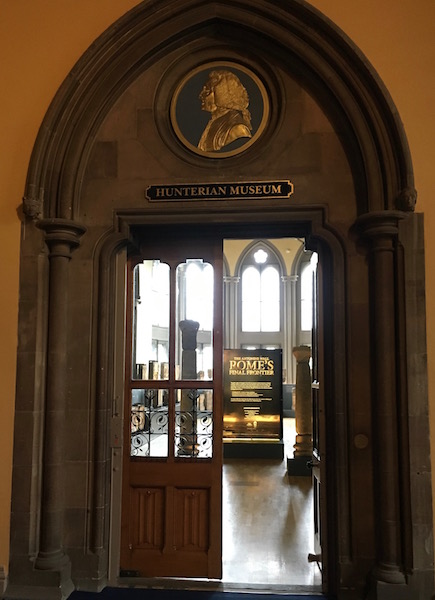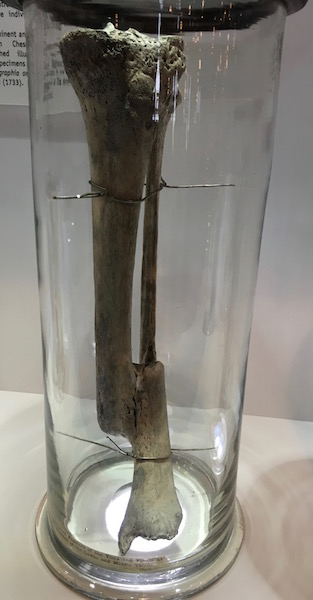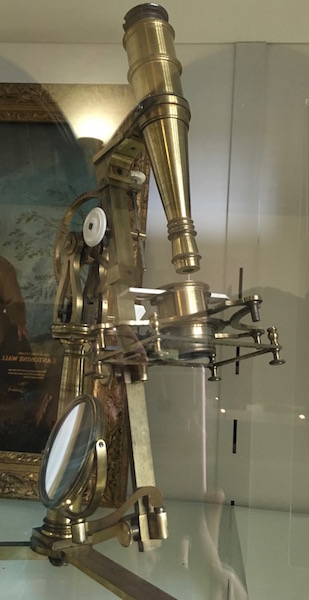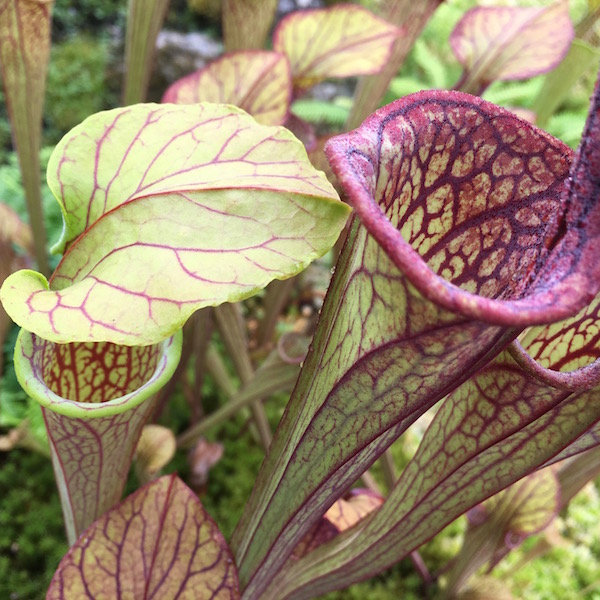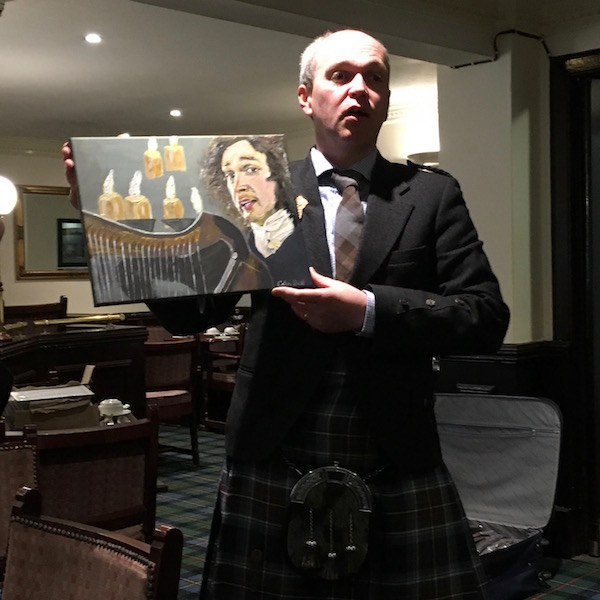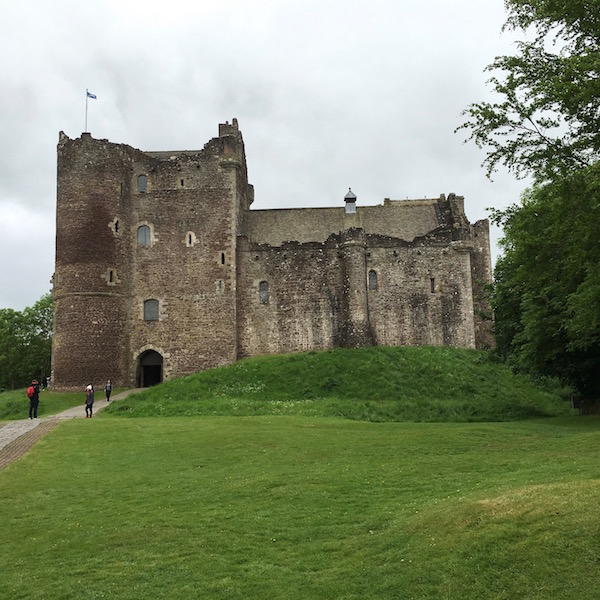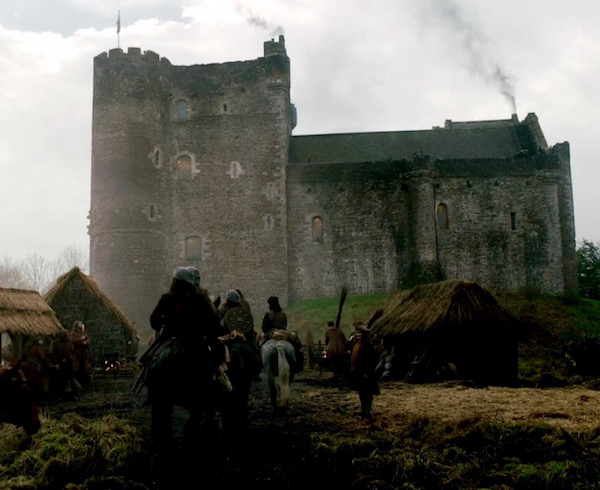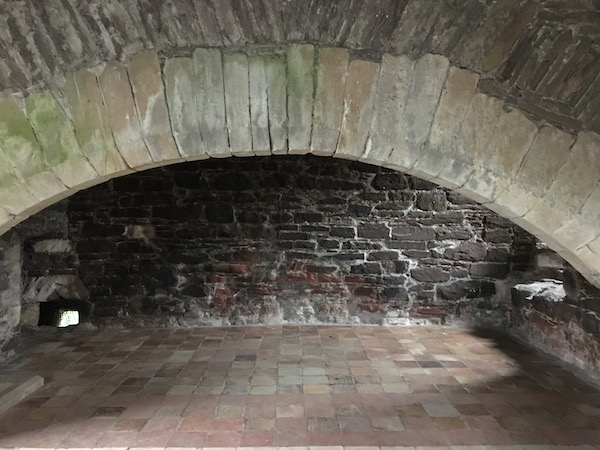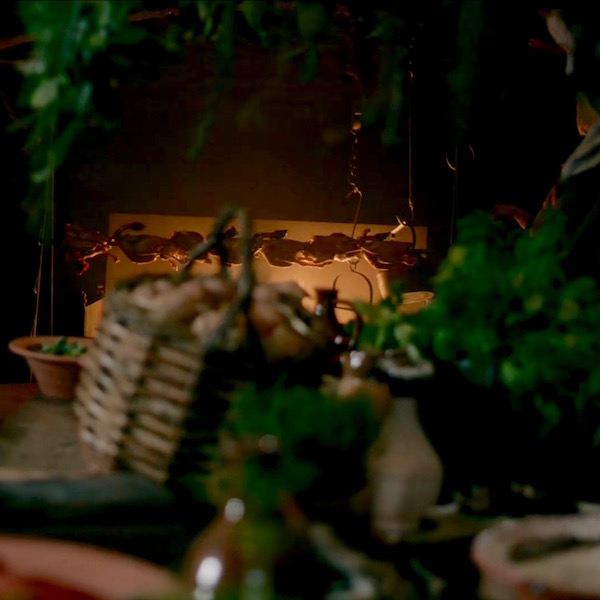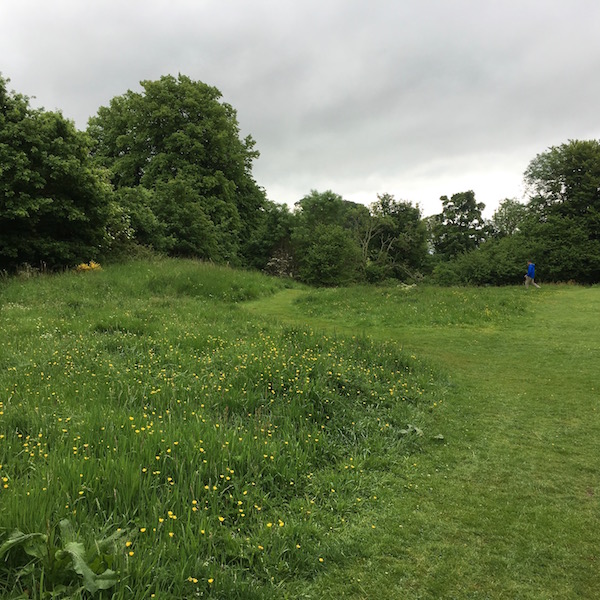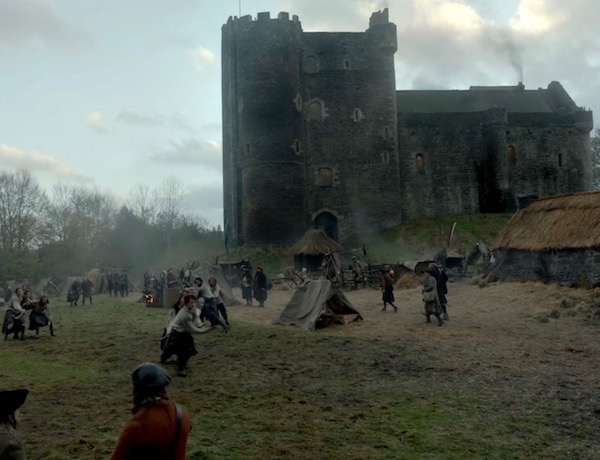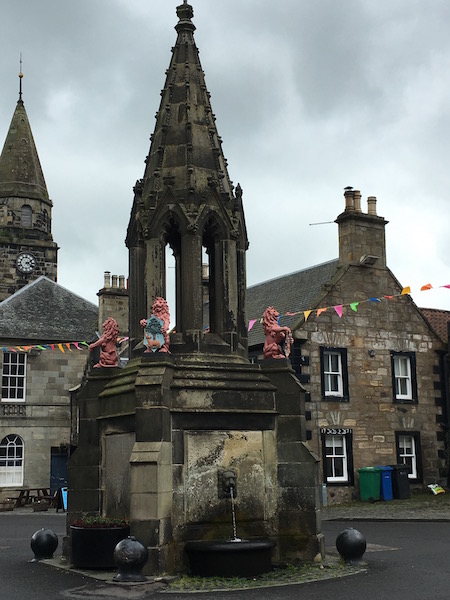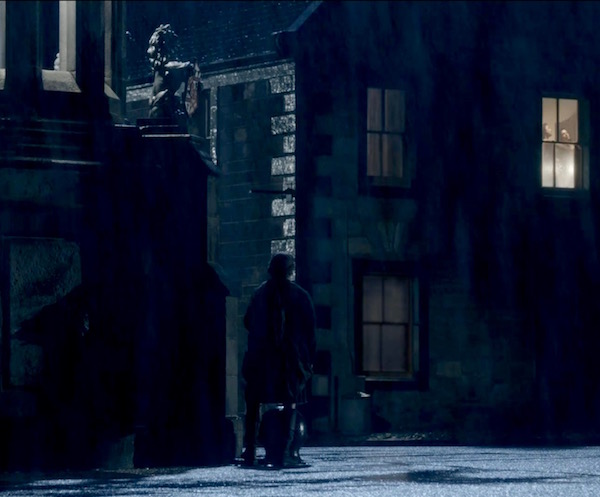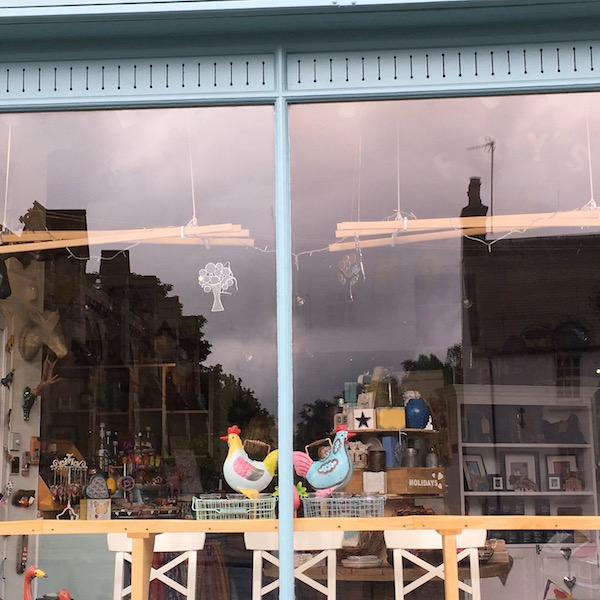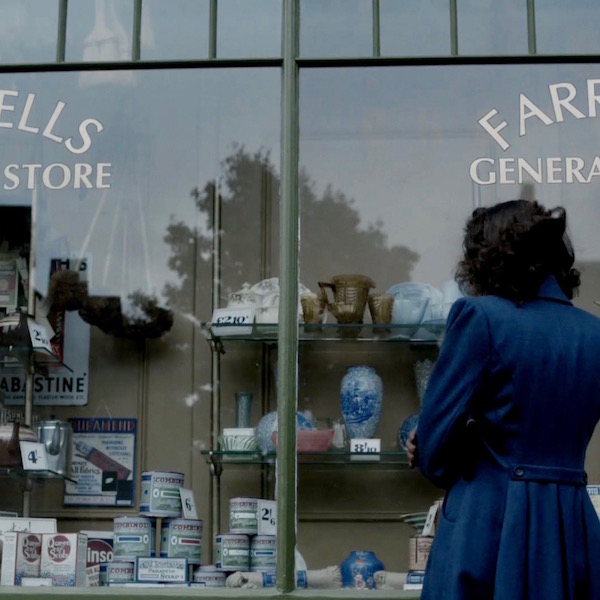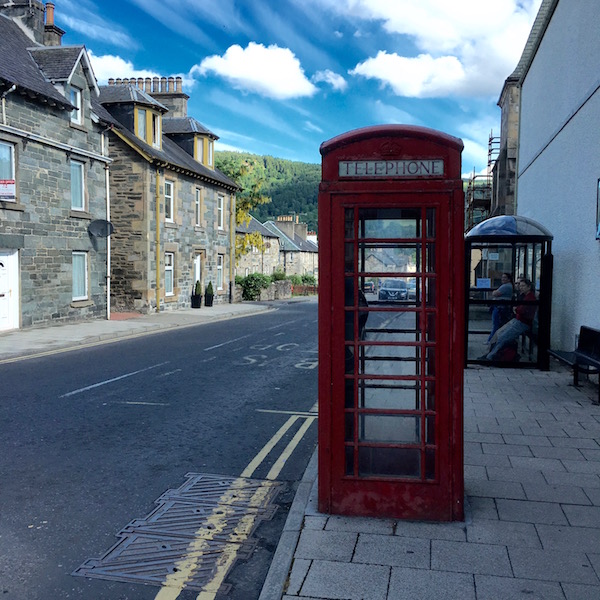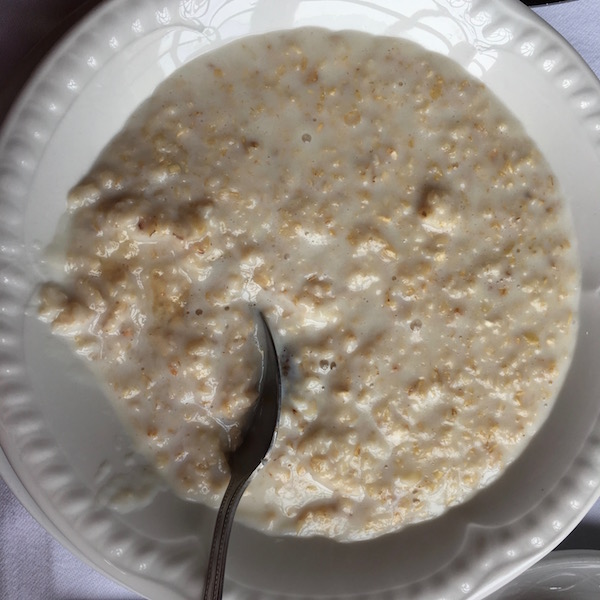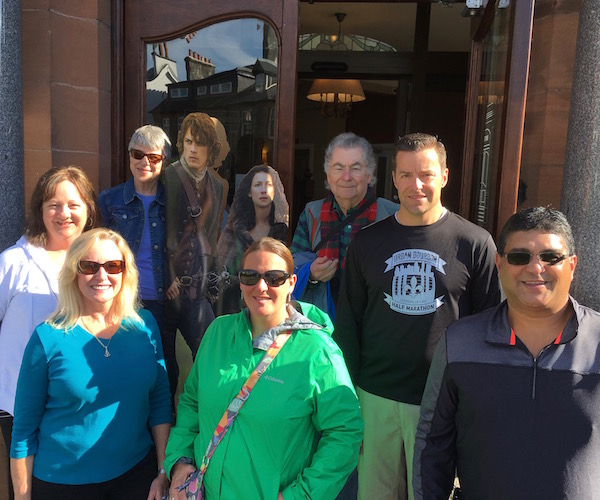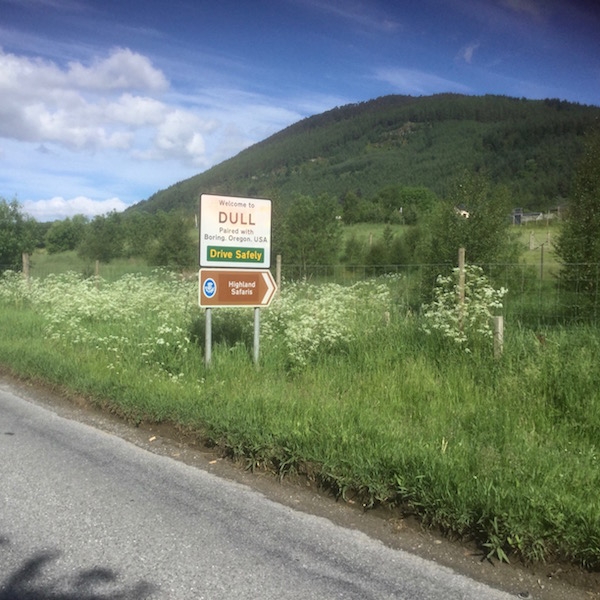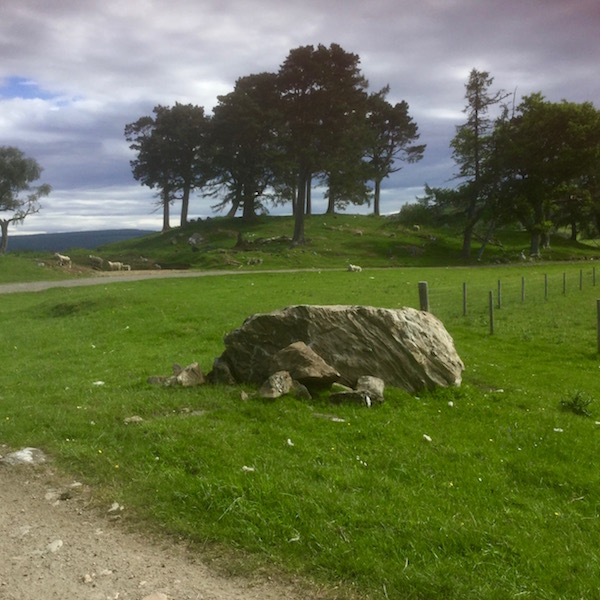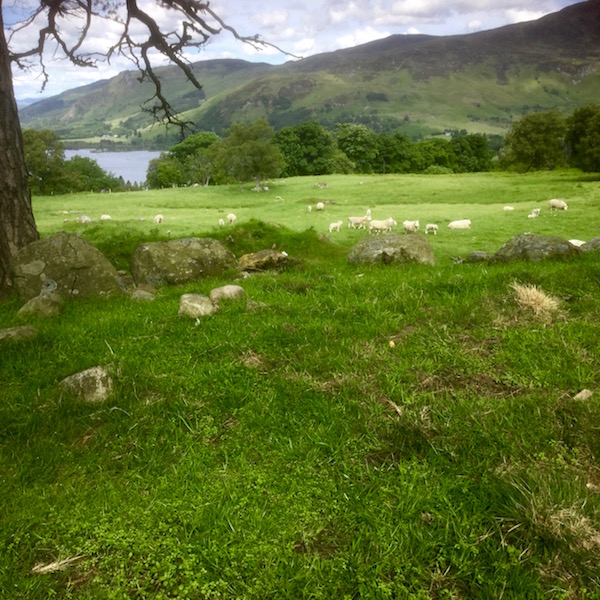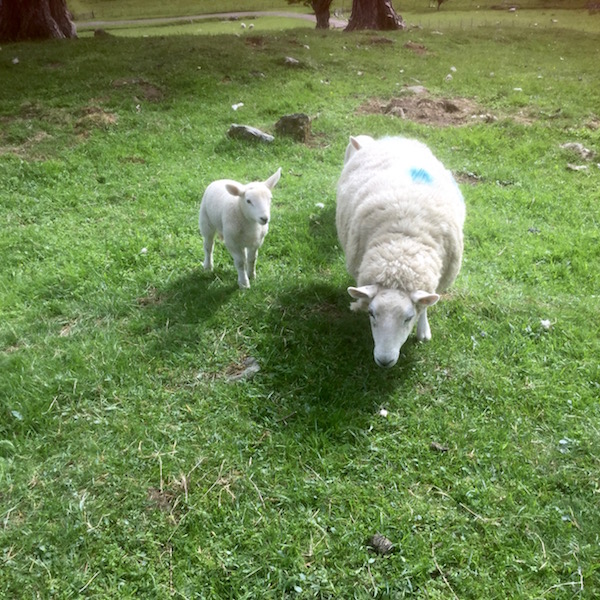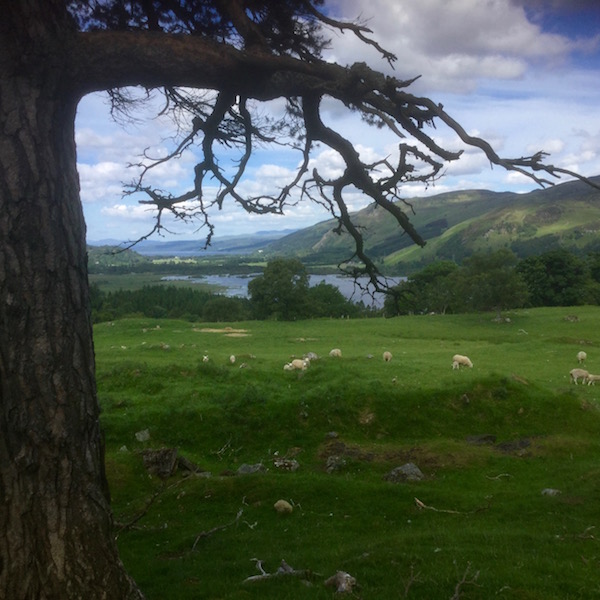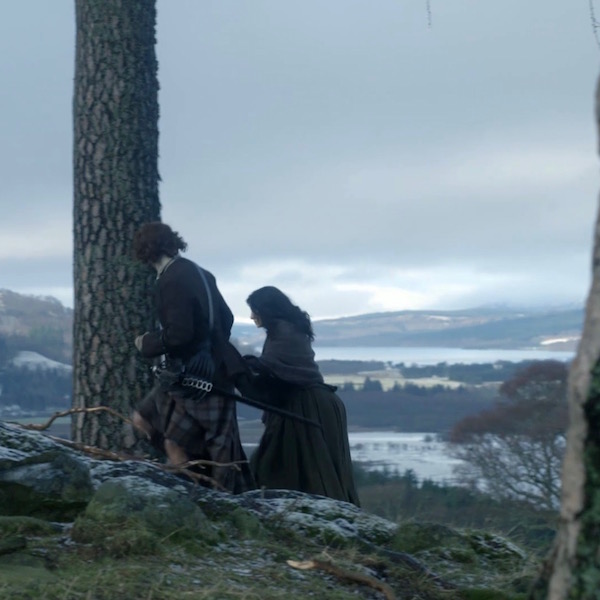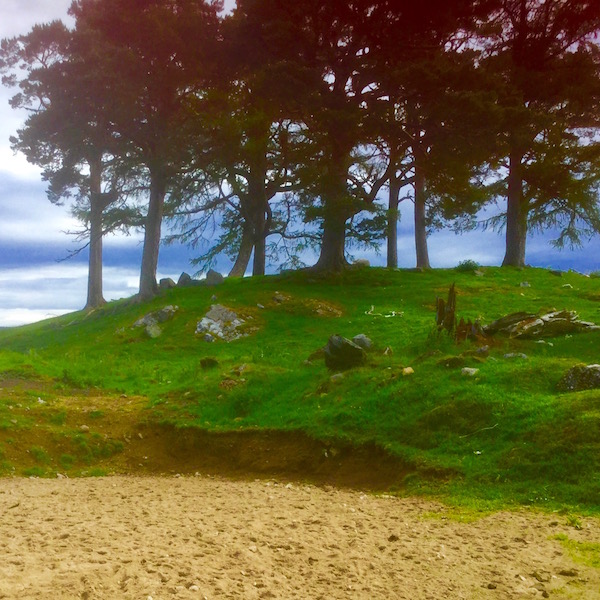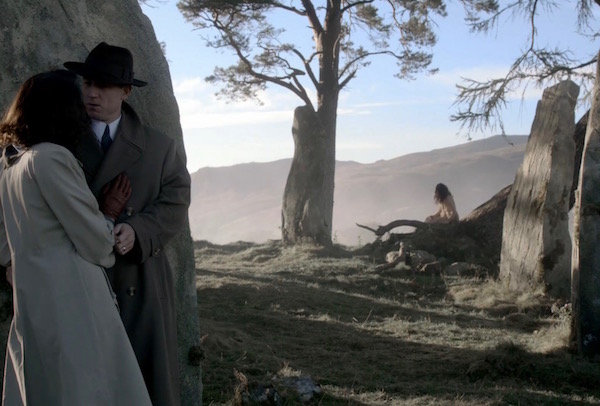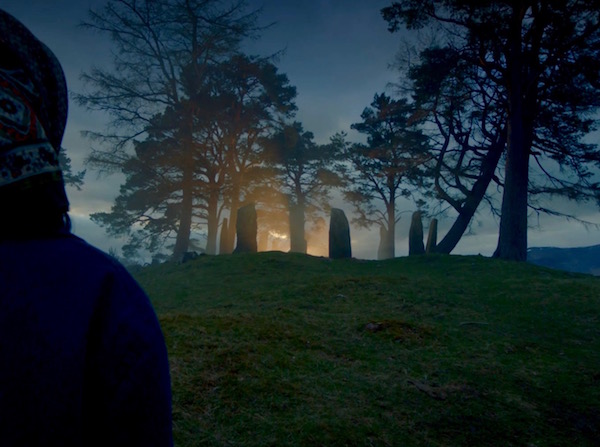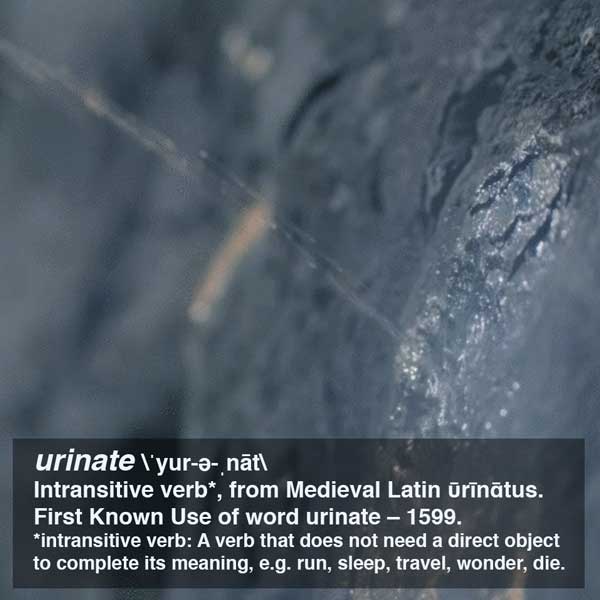Hello, anatomy students! Hello feet! Today’s anatomical offering derives from the Old English fot, meaning “foot.”
You might think Outlander has little to say about feet, but not so. Outlander has fleet feet, sweet feet, trick-or-treat feet, body heat feet, upbeat feet, mincemeat feet, eek feet, beat feet and indiscrete feet. As always, Outlander images and quotes are sprinkled throughout the lesson. Yay!
You might also think society has little to say about feet, but not so. Dozens of feet adages accent life’s little highs and lows:
- Foot in both camps (fence sitter)
- Ankle deep (in trouble)
- Back on your feet (on the mend)
- Bound hand and foot (hampered)
- Cold feet (lost interest)
- Get your feet wet (get involved)
- Drag your feet (unenthusiastic)
- Feet of clay (flawed)
- Foot in mouth (oops!)
- Keep feet on the ground (be sensible)
- Footloose (6 degrees of Kevin Bacon)
As a grad student, my gross anatomy prof declared feet the ugliest body part! Beauty being in the eye of the beholder aside, our foot is far more specialized than our hand as no other animal has a foot quite like ours! I hold with the master, Leonardo DaVinci who opined:
The human foot is a masterpiece of engineering and a work of art.
Yes!
Understand, the human foot is a truly complex mechanical structure consisting of 26 bones, 33 joints, and more than a hundred muscles, tendons, and ligaments! Despite this complexity, our feet usually work pretty well, especially if we care for them. Also, know this lesson is geared for general readers, so the most complex features and smallish details are not covered.
Before we begin the lesson, let’s take a gander at Claire’s fleet feet (Outlander ep 101 Sassenach) as she retreats from redcoat muskets firing live rounds! Her poor heels are rubbed raw from running – leather shoon sans sox. Not a good plan, but did the lass have another choice? Och!
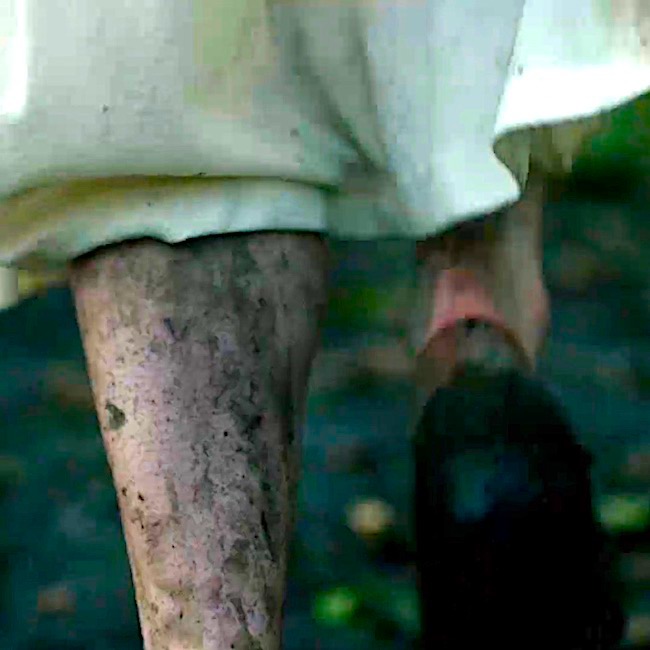
Foot: Always prudent to begin a lesson with definitions. In anatomy, the foot is the lower limb below (distal to) the ankle joint (Image A – blue line).
Orienting ourselves further, the top of foot is the dorsal surface; the bottom (sole) is the plantar surface. Inner side is the medial surface and the outer side is the lateral surface.
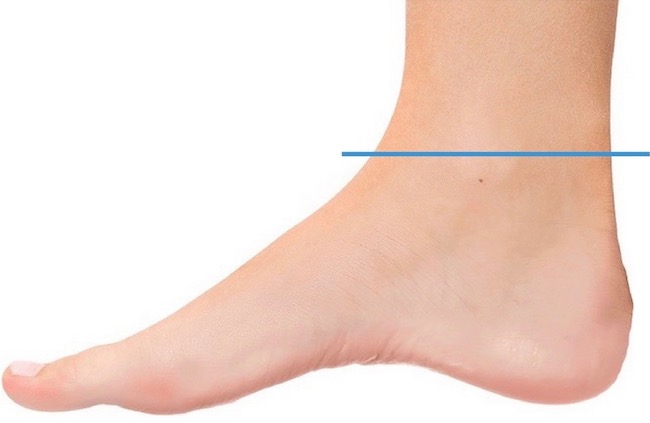
Image A
Skeleton: We begin with the foot skeleton, a foundation of 26 bones. Image B shows bones of a right foot, 26 in all. The left panel shows bones from the bottom or plantar perspective. The right panel shows foot bones from above, the dorsal view.
Toe bones are homologous to digits of the hand (Anatomy Lesson #22, Jamie’s Hand – Symbol of Sacrifice). They are numbered 1-5 beginning with the big toe and working to the little toe.
Phalanges: Toes contain 14 phalanges (Image B, pink) – three bones per each toe, except the big toe which, like the thumb, only contains two phalangeal bones. And, the big or great toe goes by the scientific name, hallux.
Metatarsals: Five metatarsal bones (aqua) are homologous with metacarpals of the hand.
Tarsals: Seven tarsal bones are homologous to eight carpals of the wrist, although more massive and oddly-shaped than the small carpals. The largest, the calcaneus, is the heel bone. Atop it is the talus which helps form the ankle joint.
There won’t be a quiz of tarsal bones <g>, but, just so you know, their names are (Image B):
- three cuneiforms – 1, 2, & 3 (start counting on big toe side – orange)
- cuboid (pink)
- navicular (green)
- calcaneus (yellow)
- talus (blue)
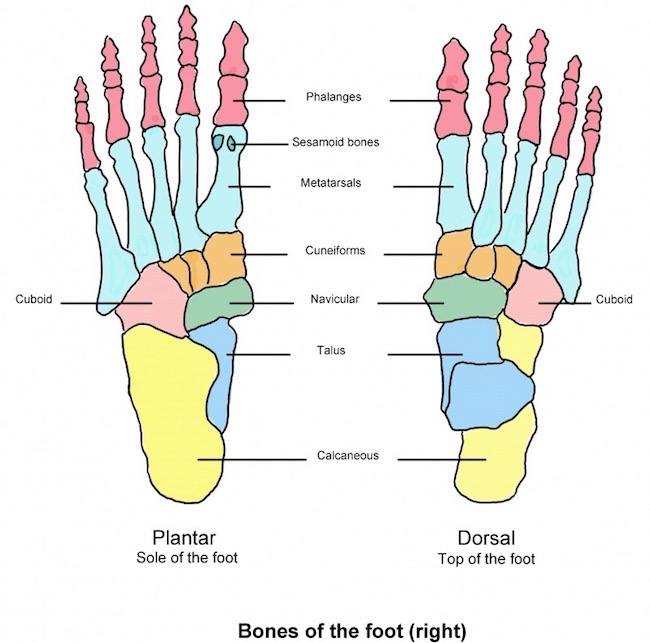
Need another Outlander hit? My pleasure. No, really! The morning after (he, he), Claire sports a pair of verra sweet feet (Starz ep 107, The Wedding)! Aw, look at those wee tootsies, shyly nesting. It was a big, big night! ’Nuf said! 😉
Oops, not quite, ‘nuf said. A lovely foot passage from Dragonfly in Amber book. Herself even mentions metatarsals!
“I’m honest enough to say that I dinna care what the right and wrong of it may be, so long as you are here wi’ me, Claire,” he said softly. “If it was a sin for you to choose me … then I would go to the Devil himself and bless him for tempting ye to it.” He lifted my foot and gently kissed the tip of my big toe. I laid my hand on his head; the short hair felt bristly but soft, like a very young hedgehog. “I don’t think it was wrong,” I said softly. “But if it was … then I’ll go to the Devil with you, Jamie Fraser.” He closed his eyes and bowed his head over my foot. He held it so tightly that I could feel the long, slender metatarsals pressed together; still, I didn’t pull back. I dug my fingers into his scalp and tugged his hair gently.
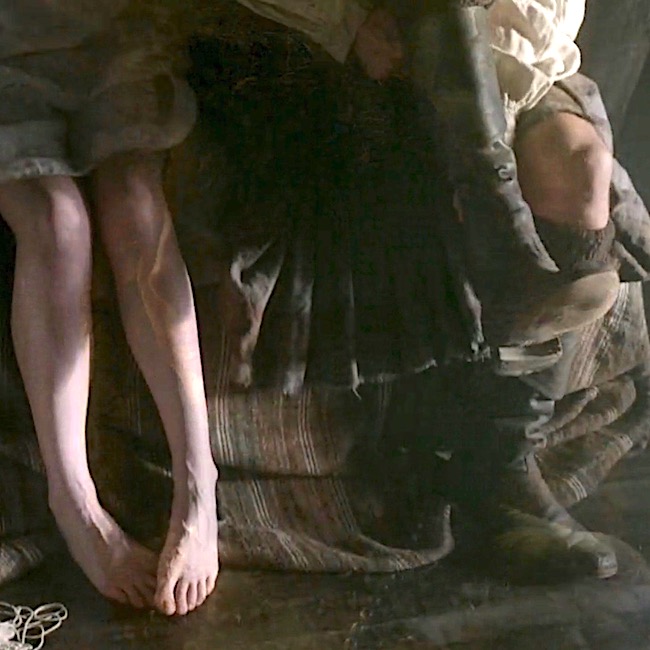
Divisions: Foot bones are divided into three regions. Such divisions aren’t whimsy, they are important in issues such as evaluating trauma, surgical amputation of part of all of a foot or evaluation of foot mechanics.
- Forefoot: Includes phalanges and metatarsals (Image C – white, left side).
- Mid-foot: Includes three cuneiforms, cuboid and navicular (Image C, turquoise).
- Hind-foot: calcaneus and talus (Image C – white, right side).
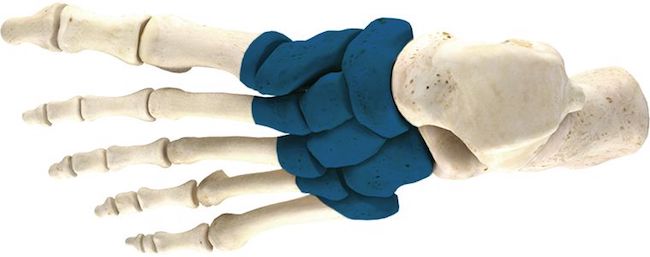
Image C
Ligaments: Now, the 26 foot bones don’t just hang out under the skin. They are firmly bound to each other and to our leg bones via dozens of ligaments (Image D)!
Ligaments are fibrous tissues binding bone to bone and they are critical for foot integrity because feet bear our weight against gravity! Loose or torn ligaments give folks many problems because these compromise the integrity of the skeletal system!
Image D shows only some of the numerous ligaments anchoring and stabilizing foot bones; here, we see lateral and dorsal ligaments. The plantar and medial ligaments are not visible.
The lesson won’t discuss these ligaments in detail because they are complex and tedious, but the image dramatically emphasizes some of the many ligaments needed to stabilize the foot skeleton!
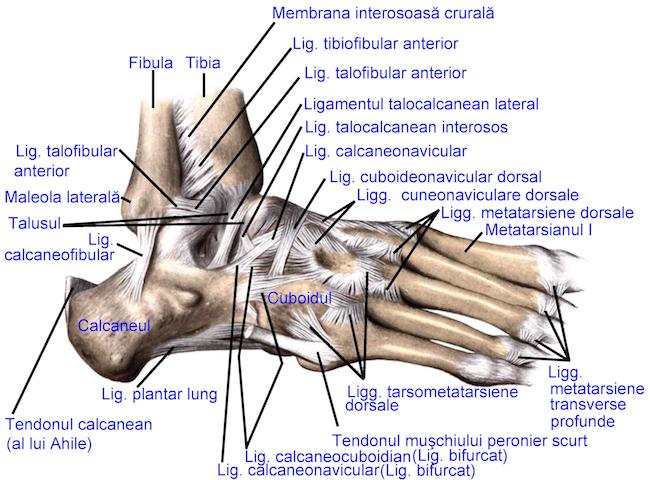
Image D
Arches: We all know the foot has an arch, but did you know it actually has three arches (some count a 4th partial arch)? Two are longitudinal and one is transverse. The arches are maintained by interlocking tarsal and metatarsal bones, supported by ligaments and very strong tendons (image E).
- medial longitudinal arch (Image E – blue dashed line) extends from heel bone to first three metatarsals. Typically, it curves above the ground. When barefoot at the beach, it does not leave an imprint in sand (unless one is seriously flatfooted!).
- lateral longitudinal arch (Image E – green line) is a low arch arch between calcaneus and 5th metatarsal. When barefoot, it typically leaves an imprint in sand.
- transverse arch (Image E – red line) runs across the foot at the tarsometatarsal joints (defined below).
Although these arches are supported by strong ligaments and tendons, they exhibit some mobility when weight is applied to or removed from the foot. This springiness makes walking and running more economical in terms of energy.
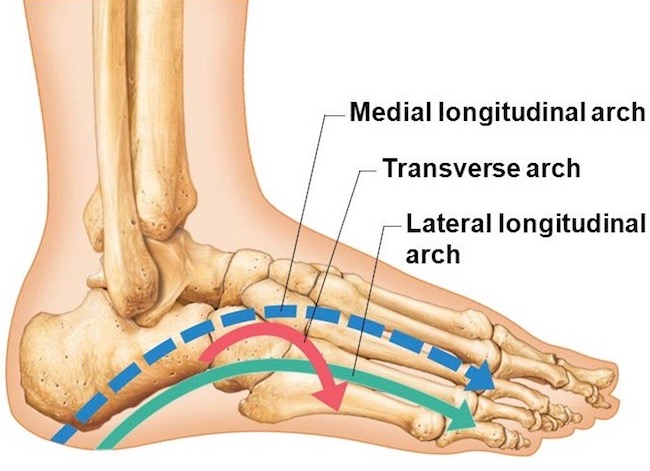
Image E
Speaking of arches, how ‘bout some booted ones! Yep, another dose to wake you students! BJR’s booted “trick or treat feet” (Starz, ep 108, Both Sides Now) will do the trick, nicely! The blackguard throws Claire over his desk preparing to further assault her. Darn! She canna reach the sgian dubh in her boot! No treat here – all vicious tricks!
Diana describes Claire’s toes just after Jamie squats in the prison window (Outlander book).
Randall bent and scooped up the gun in a quicksilver motion. As soon as the knife left my throat, I tried to sit up, but he placed a hand on my chest and shoved me flat again. He held me down with one hand, using the other to aim the pistol at Jamie. The discarded knife lay somewhere on the floor near my feet, I thought. Now, if only I had prehensile toes.… The dirk in my pocket was as unreachable as if it were on Mars.
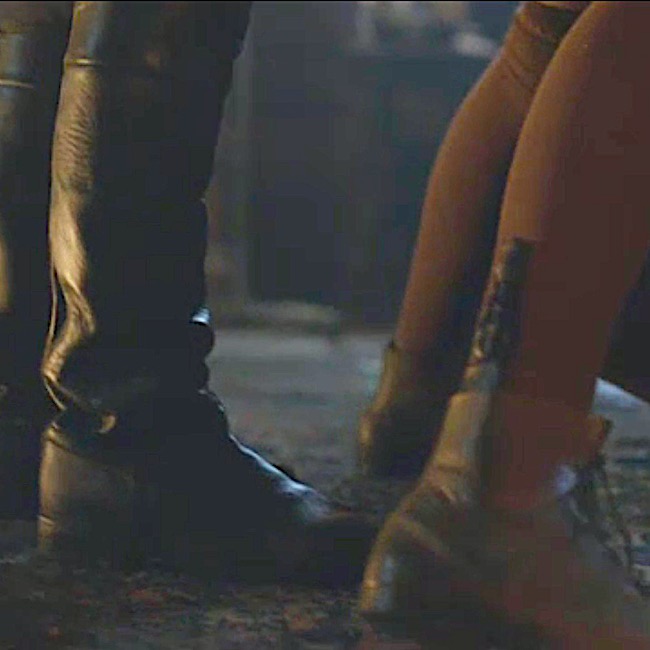
Plantar Aponeurosis: Remove plantar skin (very difficult on a cadaver) and a triangular sheet of connective tissue is revealed, the plantar aponeurosis. It is anchored to the calcaneus, flares in the mid-foot and ends as five (or more) bands radiating toward bases of the toes (Image F).
The tough, fibrous aponeurosis is made mostly of collagen fibers. As such, it is a shock absorber when the foot strikes the ground. It also stabilizes arches of the foot and allows flexion at the first metatarsophalangeal joint, which carries the majority of body weight during ambulation.
If the plantar aponeurosis becomes injured or inflamed, it may cause plantar fasciatis. A painful condition common to athletes, it causes stinging foot pain that can lead to further leg injuries if untreated.
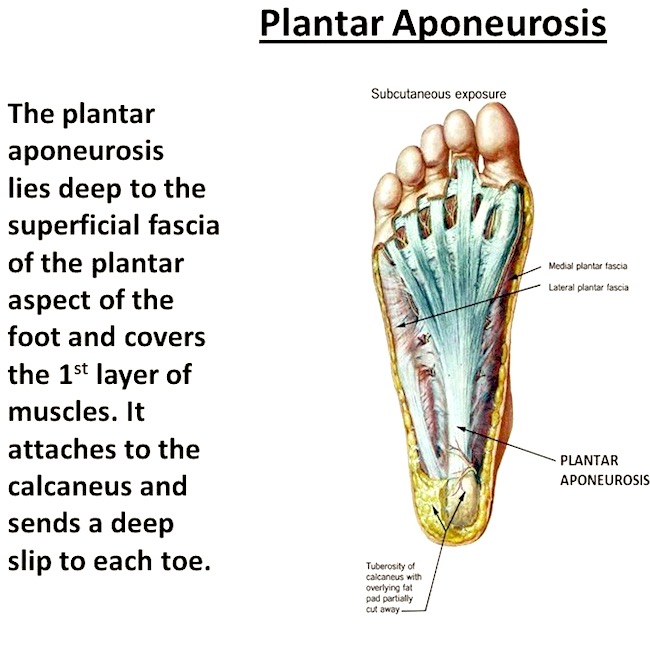
Another break for Outlander! This is a splendid example of body heat feet (Starz, ep 109, The Reckoning). Things are on broil up at Castle Leoch! Claire’s right heel hooks over Jamie’s Fraser plaid….hum…. Talk about a foothold! Snort!
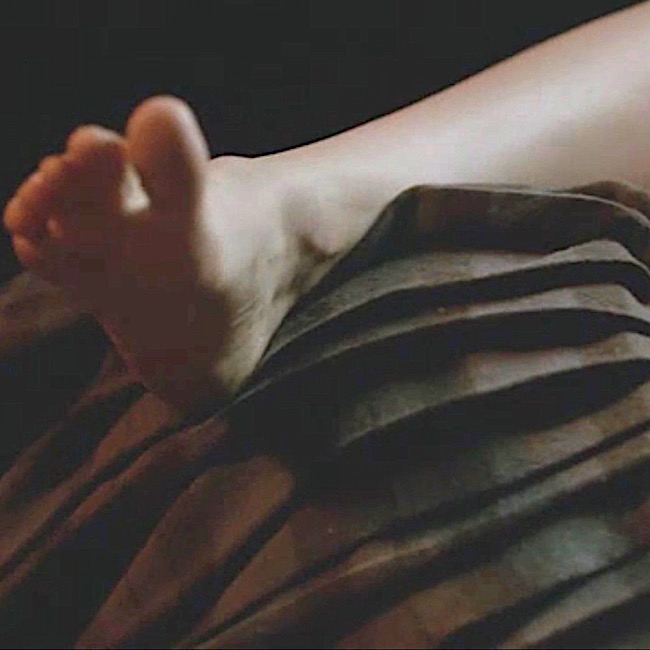
Joints: We have covered joints (the anatomical type) in prior lessons (e.g. Anatomy Lesson #2, When Claire Meets Jamie or How to Fall in Love While Reducing a Dislocated Shoulder Joint!).
To reiterate, joints are sites where two or more bones meet; some are moveable and some are not. Moveable joints allow for motion and there are several types. Our 33 foot joints fall into the following categories:
- TC Joint (1): between distal tibia, fibula and talus, a.k.a. talocrural or ankle joint
- IT Joints (13): between tarsal bones
- TM Joints (5): between metatarsals and tarsals
- MP Joints (5) : between proximal phalanges and metatarsals
- IP Joints (9): between phalangeal bones
Reducing the technicality of this topic, we will only cover the superbly designed TC or ankle joint! The ankle joint is a mortise joint, a term used in carpentry. Here, the talus projects upwards and fits inside a three-sided bone box formed by tibia and fibula of the leg (Anatomy Lesson #27, Colum’s Legs and Other Things, Too!). Thus, our “ankle bones” are not separate bones, they are parts of tibia and fibula. The inner ankle bone is actually the medial malleolus of the tibia; the outer ankle bone is the lateral malleolus of the fibula. This is a highly stable hinge joint that allows movement (see below).
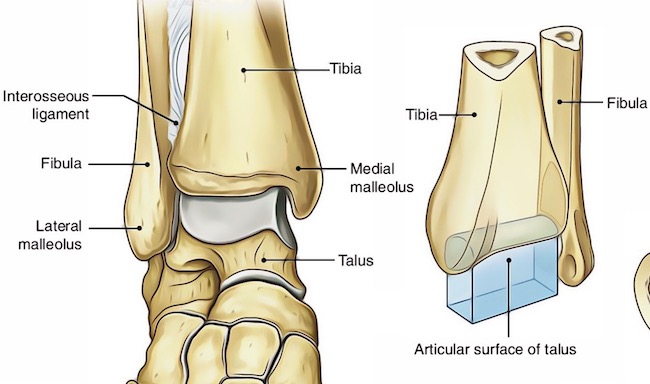
Image G
Before the lesson turns to movements, let’s take a quick keek at Jamie’s upbeat feet! Cheerfully dressed in nothing but a sark, he strides to the freezing mill stream to sleuth out a prob with the water wheel (Starz ep 113, Lallybroch). Seems it is producing gritty bannocks! Upbeat feet, that is, until a mess ‘o Redcoats arrive! Notice: his right foot is lifted at the ankle, a movement known as dorsiflexion. Yep! Read on to learn more about this term.
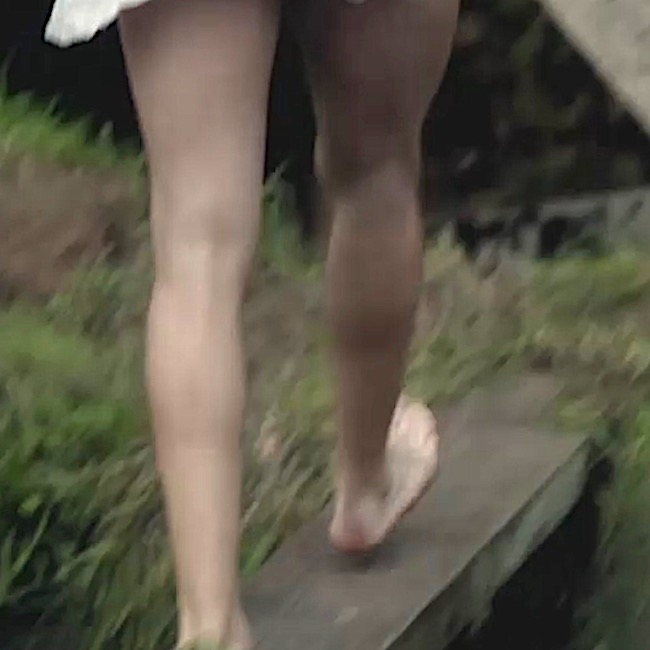
Movements: Various movements occur at the foot joints. Some are slight; others are more generous and important for ambulation. The talocrural joint (ankle joint) allows for six movements at the ankle; the first four are demonstrated in Image H:
- dorsiflexion: lifting foot at the ankle
- plantar flexion: pointing the foot at the ankle
- inversion: turning sole medially (toward midline)
- eversion: turning sole laterally (toward the side)
- abduction: turning foot to side (slight)
- adduction: turning foot toward midline (slight)
Psst…..Practitioners often prefer the terms, supination for inversion and pronation for eversion.
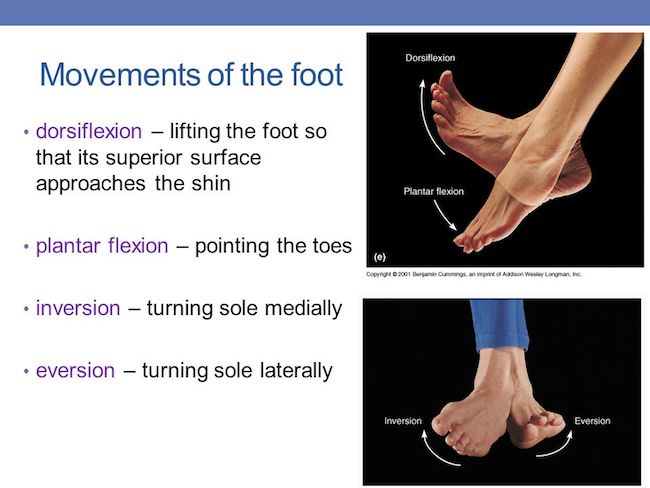
Image H
Next, there are toe movements which can occur independent of the ankle joint. These involve IP and MP joints:
- flexion: curling the toes
- extension: lifting the toes
- abduction: spreading the toes
- adduction: returning the toes to a resting position
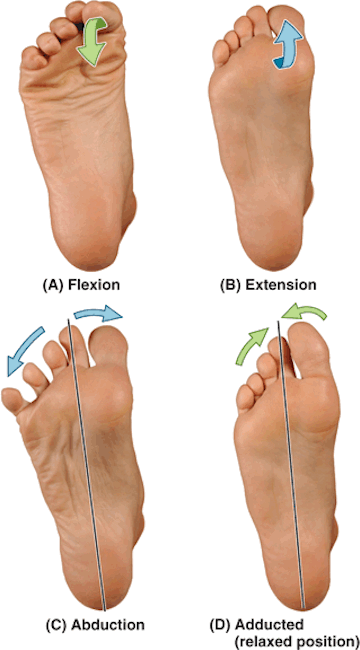
Image I
Back for an Outlander scene and a collective gasp! Jenny takes a hot poker to the sole of a redcoat captive. Ouch! The poor man now has mincemeat feet. What ya doing Jenny?
Spill, messenger! Where is my bro??? In no uncertain terms, Big Sis declares to Claire:
Love Forces a Person to choose!
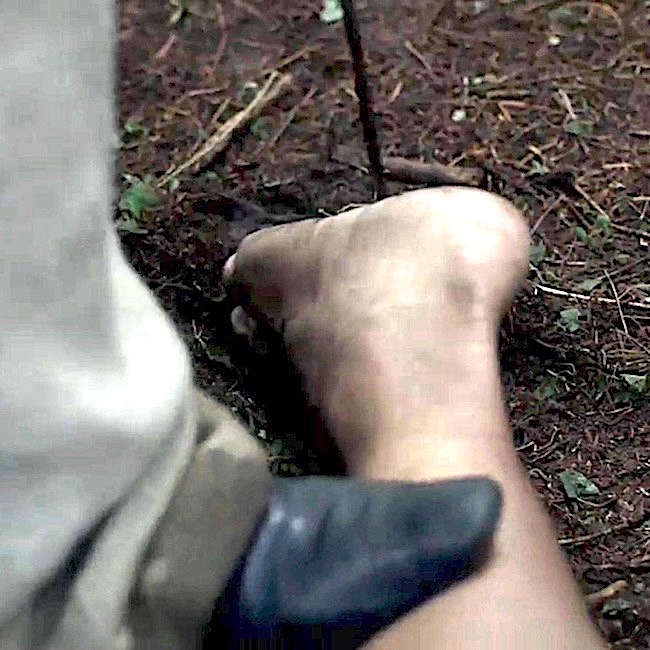
Extrinsic Muscles: First, a wee definition…long time students will remember that in anatomy the leg is the lower limb between knee and ankle joints; thigh is between hip and knee joints. Most people use the term lower leg for the anatomical leg.
Muscles acting on the foot are classified as extrinsic muscles, those originating in the leg, and intrinsic muscles, those originating in the foot.
Amazing Fact: all leg muscles, excepting one, actually act on the foot! These are so complex, they must be simplified. Yes, Image J is simplified!!!
Extrinsic muscles in Fig. J (anterior and side muscles – left panel):
- tibialis anterior – dorsiflexes & supinates foot
- extensor hallucis longus – extends big toe & dorsiflexes foot
- extensor digitorum longus – extends toes 2-5 & dorsiflexes foot
- fibularis longus & fibularis brevis – pronate & plantar flex foot
Extrinsic muscles in Fig. J (superficial posterior muscles – middle panel):
- gastrocnemius – plantar flexes foot (cut away in image)
- soleus – plantar flexes foot
(Note: gastroc and soleus jointly share the massive achilles tendon which inserts into calcaneus. Normally, these are extremely strong plantar flexors)
Extrinsic muscles in Fig. J (deep posterior muscles – right panel):
- flexor hallucis longus – flexes big toe & plantar flexes foot
- flexor digitorum longus – flexes toes 2-5 & plantar flexes foot
- tibialis posterior – plantar flexes & supinates foot
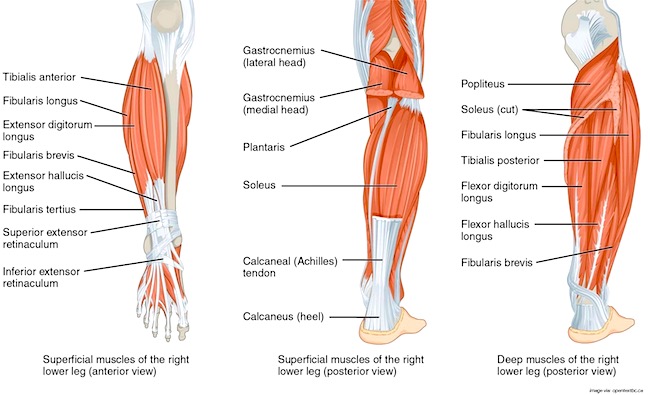
Image J
Whew. That was scary! Time for another Outlander treat to lower the blood pressure. Oops, this is pretty scary, too (Starz ep 209, Je Suis Prest) – yuk! It’s eek feet for puir Angus – the lad has been careless with his feet. Nurse Claire warned him to keep them dry!
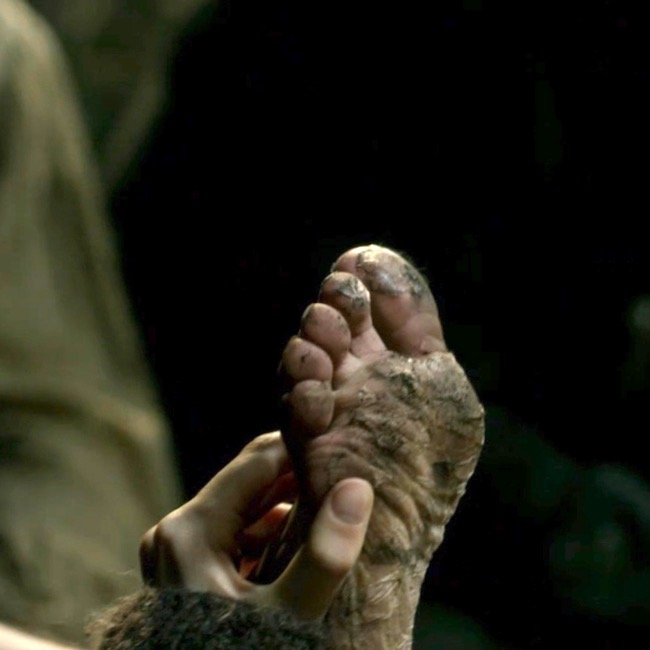
Back to anatomy. No, we are not finished with muscles. Gasp!
Intrinsic Muscles of Dorsum (top) of Foot: As stated above, intrinsic muscles arise from foot bones. There are two smallish muscles on the dorsum of the foot, not shown in Image K.
- extensor hallucis brevis – extends the big toe
- extensor digitorum brevis – extends toes 2-5
Intrinsic Muscles of Plantar Foot: Believe it or not, 18 muscles are located deep to the plantar aponeurosis. Who would have thought??? These are arranged in four layers (Image K – from left to right). If you think these look challenging, you are right. Outside the head, the foot is one of the most difficult body parts to dissect!
First structure in Image J (left panel)
- Plantar aponeurosis – not a muscle
1st Layer of Intrinsic Muscles in Image J ( 2nd panel):
- abductor hallucis – draws big toe towards midline of body
- abductor digiti minimi (I love this name!) – draws 5th toe away from foot
- flexor digitorum brevis – flexes toes 2-5
2nd Layer of Intrinsic Muscles in Image J (3rd panel)
- Lumbricals – both flex & extend different phalanges of toes 2-4
- Quadratus plantae – flexes toes 2-4
3rd Layer of Intrinsic Muscles in Image J (4th panel)
- flexor hallucis brevis – flexes big toe
- adductor hallucis – draws big toe towards foot
- flexor digiti minimi brevis – flexes 5th toe
4th Layer of Intrinsic Muscles in Image J (5th panel – horizontal)
- dorsal interossei – abduct toes 2-4 (spreads toes)
- plantar interossei – adduct toes 3-5 (returns toes to resting position)
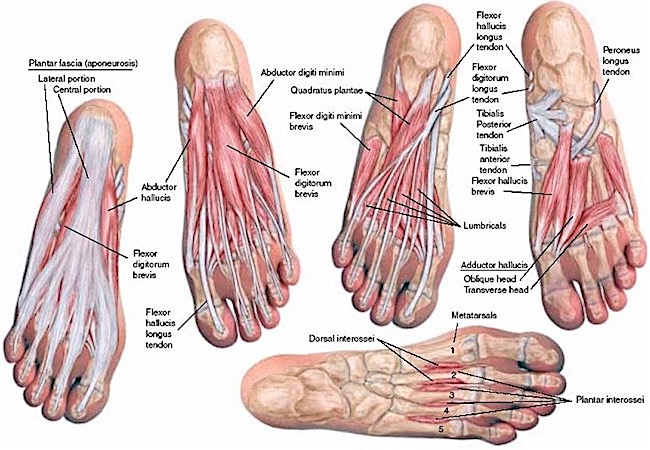
Image K
Now, given that mess of muscles, you probably appreciate how complex foot movements can be achieved. With some 20 intrinsic and 10 extrinsic muscles controlling our feet, they are quite capable, indeed!
Back to Outlander! We see Claire’s poor, weary beat feet, exposed to sand, surf, sun and formicidae (Anatomy Lesson #55, Formidable Formicidae) in Outlander ep 311, Uncharted! Trudging in wet shoes, dealing with festering ant bites, surviving snake slithers…. Diana explains Claire’s feet in Voyager book:
Squads of tiny purple crabs ran off in profound agitation at my approach. My feet sank into the mud to the ankles, and I thought better of putting on my shoes, wet as they were… My feet were bruised and sore, and punctured by fallen palmetto fronds, but the path before us looked relatively smooth.
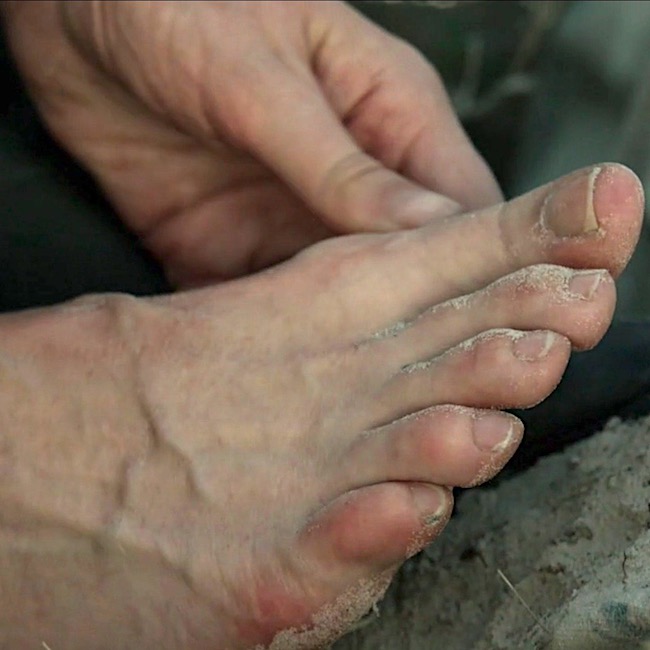
We really must take good care of our feet if we want them to last. Exercise, weight control, healthy diet, wearing supportive shoes all help ensure the feet bear our weight for a lifetime. Even to the most careful, our feet suffer many assaults: bone spurs, athlete’s foot, plantar fasciitis, corns, bunions, Morton’s neuroma, flat feet, hammer toe, warts, stress fractures, etc. Or, we lose toes because of poor circulation, trauma, or developmental issues – such problems have plagued us since ancient times. To the point, the oldest known functional prosthesis is an Egyptian wooden mummy toe (Image L). It actually articulates at the laced surfaces. So clever!
Hey, wait! How do we know it is not a daddy toe? He, he!
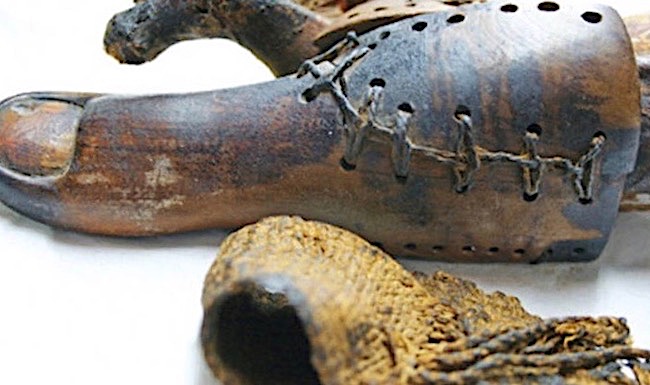
Image L
Speaking of toes, Voyager book describes a splendid battle with pirates aboard ship. Sadly, the scene did not make it into the TV version. But, here is a shocking tidbit from the bloody fight:
Cursing incoherently under my breath, I ran to the bottom of the ladder, and reaching up, swung the long-handled amputation knife at his foot, as hard as I could. There was a high-pitched screech from the pirate. Something flew past my head, and a spray of blood spattered across my cheek, wet-hot on my skin. Startled, I dropped back, looking down by reflex to see what had fallen. It was a small brown toe, calloused and black-nailed, smudged with dirt.
Alrightie then! <G>
Let’s consider how you can hurt your neat, sweet, elite, complete feet… In your wildest dreams, do you think shoes such as these are good for feet (Image M)? Wear high heels for long, and one guarantees that later in life, the wearer will have foot problems. The foot is not designed to walk around on the metatarsophalangeal joints (ball) of the foot, which is why wearing spikes hurt!!!
Gentle admonition: if you wear this type of footwear, you should stop.
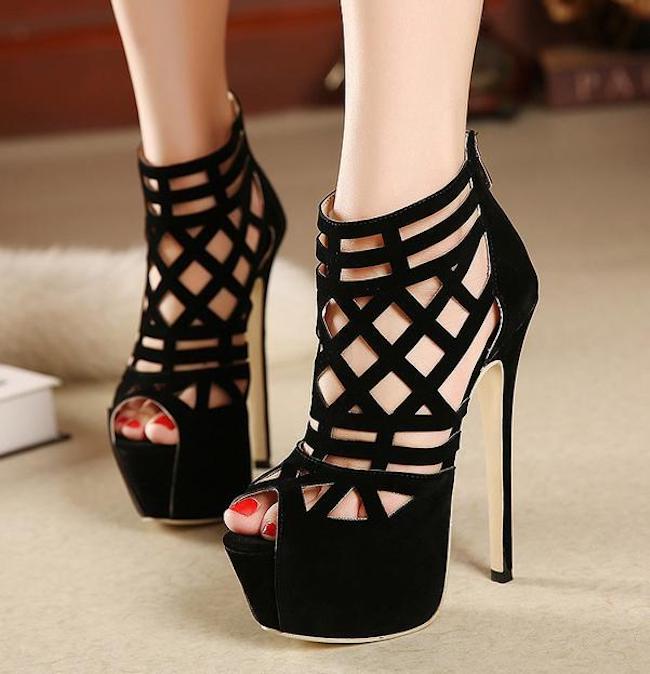
Image M
Closing this lesson with indiscrete feet: no Outlander lass is quite as indiscrete and raunchy as Geillis (Gillian) Edgars Duncan Abernathy. Puir young Ian; that dear lad’s cheek is no place for a witch’s foot (Outlander ep 313, The Bakra)!
BTW, the prominent ridges passing to 2nd to 5th toes are tendons of extensor digitorum longus! Yay!
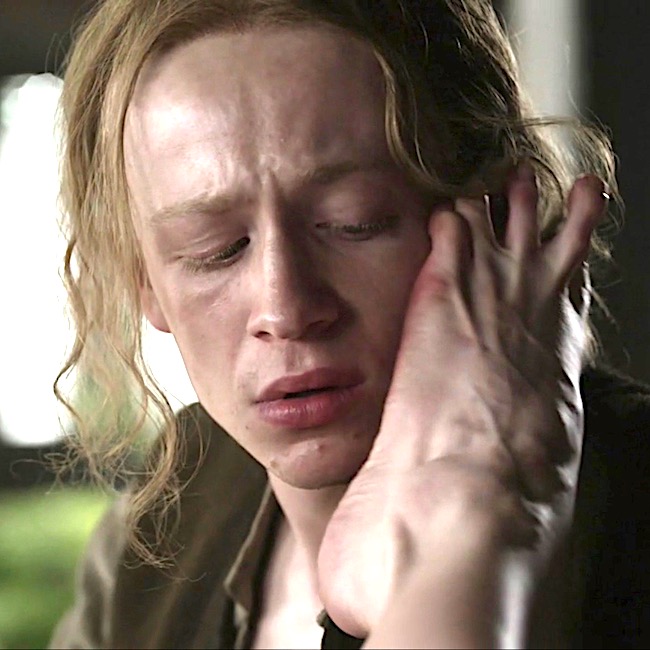
Bottom line: The complete and complex human foot is truly an anatomical work of art. Let’s vow to take good care of ours!
The deeply grateful,
Outlander Anatomist
Follow me on:
- Twitter @OutLandAnatomy
- Join my Facebook Group: OutlandishAnatomyLessons
- Instagram: @outlanderanatomy
- Tumblr: @outlanderanatomy
- Youtube: Outlander Anatomy
Photo Creds: Sony/Starz; www.cba.ca (Image – L); www.DHgate.com (Image M ); www.digikalla.info (Image J); www.earthslab.com (Image G); www.footankle.strker.com (Image C); www.goodfeet.com (Image A); www.heatheappointments.com (Image I); www.nurseslab.com (Image K – ); www.slideplayer.com (Image E, Image F, Image H); www.teachmeanatomy.com (Image B); www.wickimedia.commons.org (Image D)

